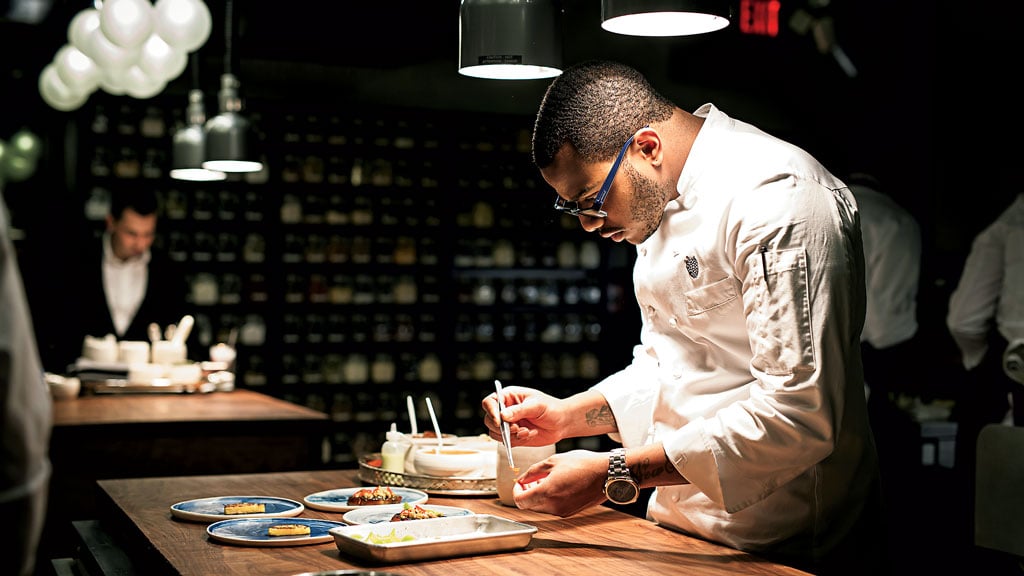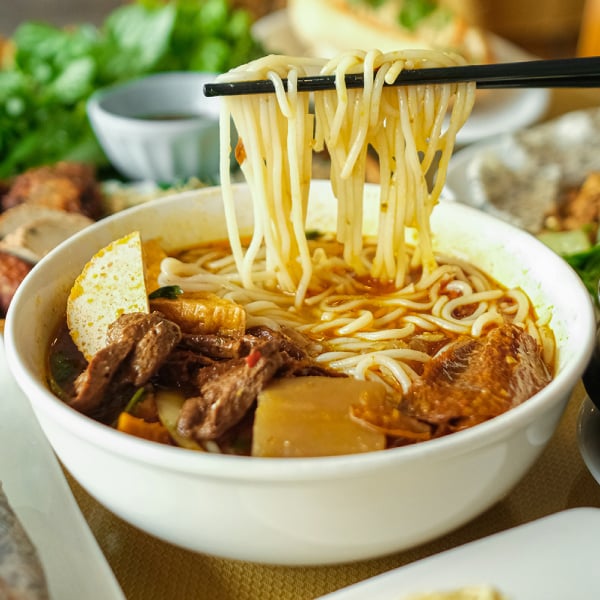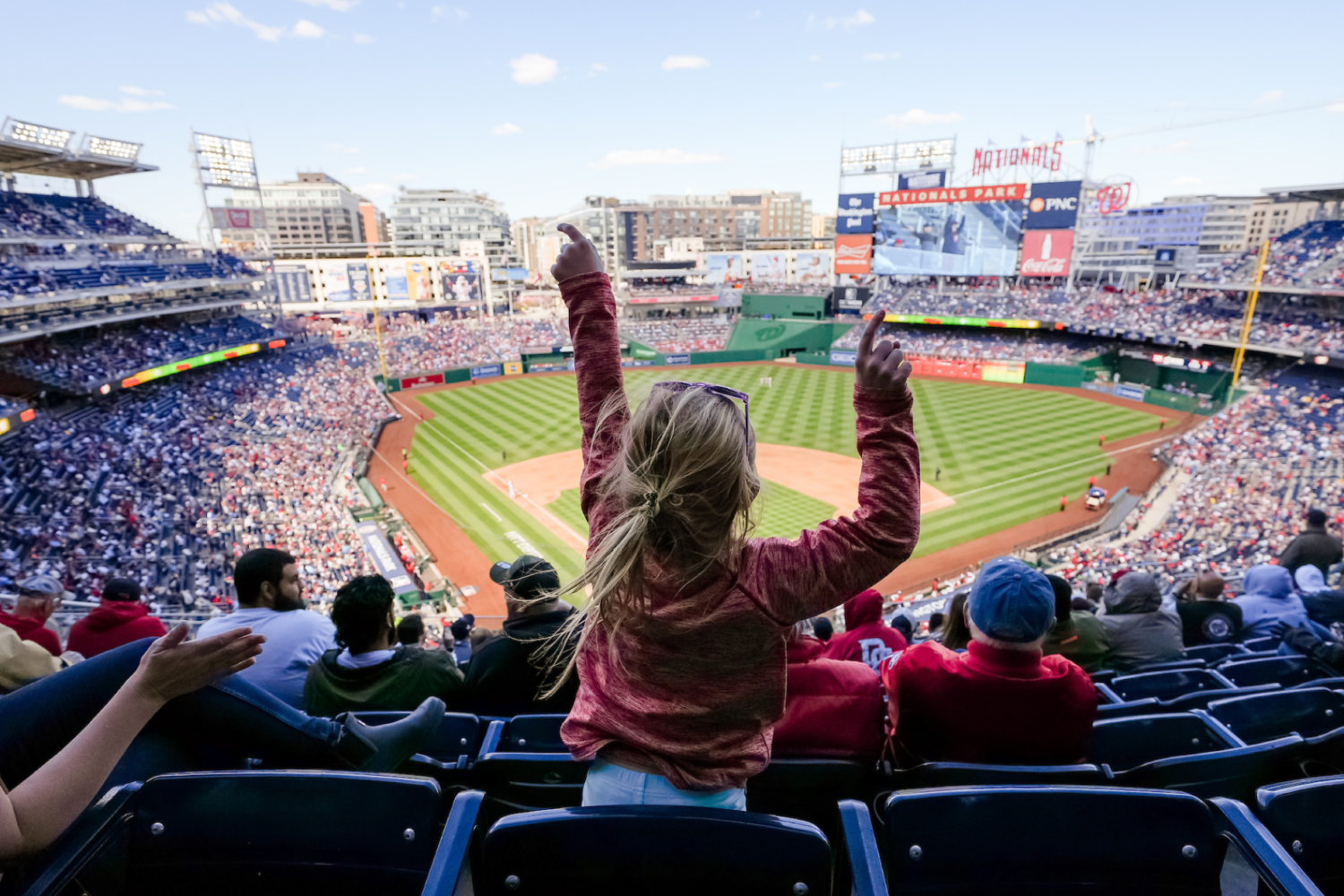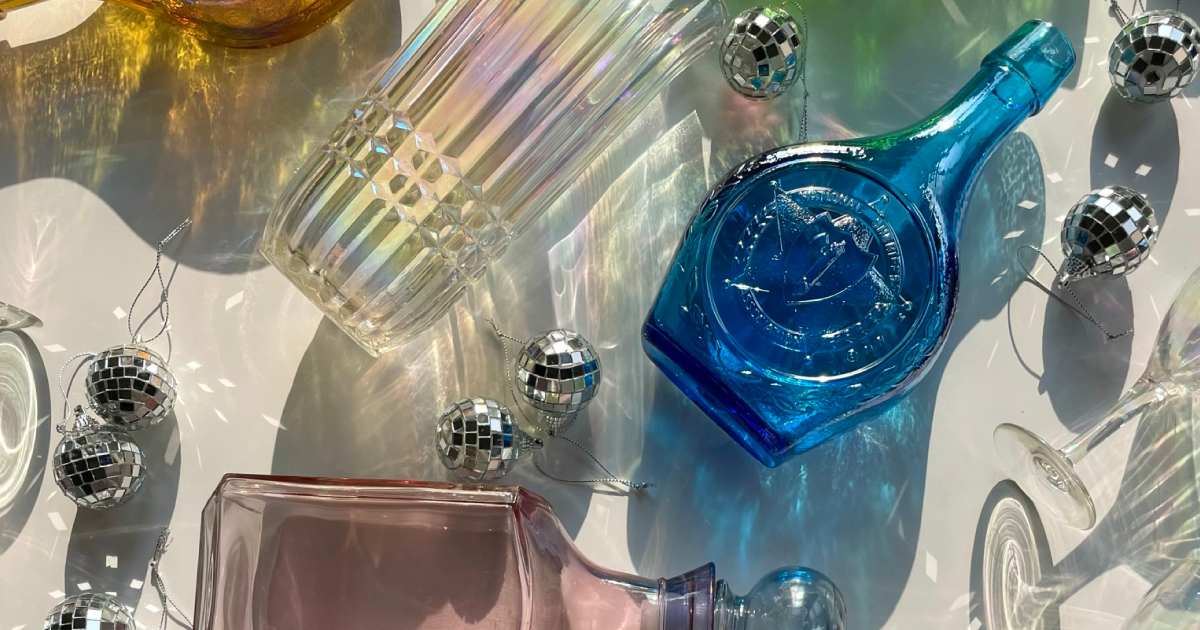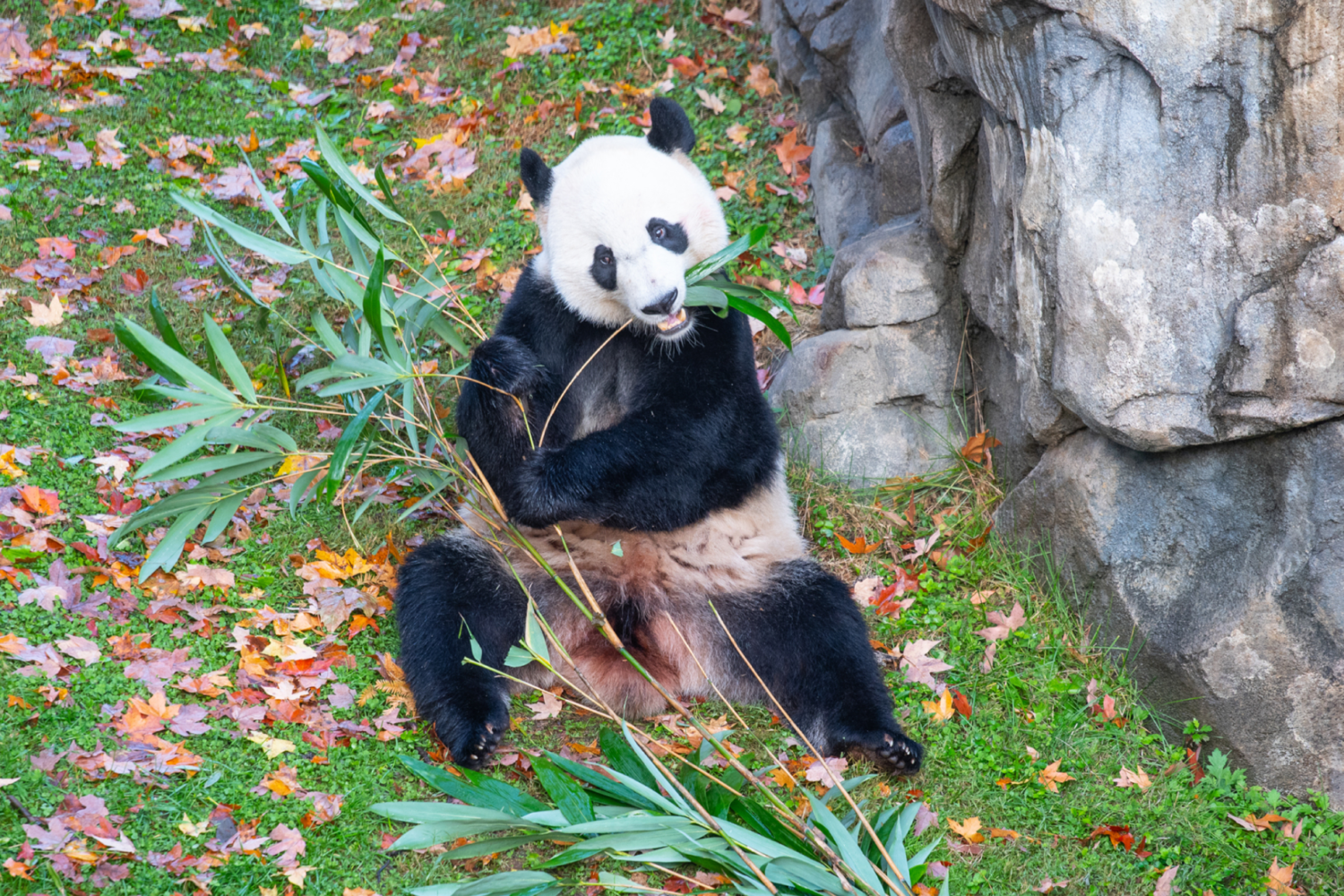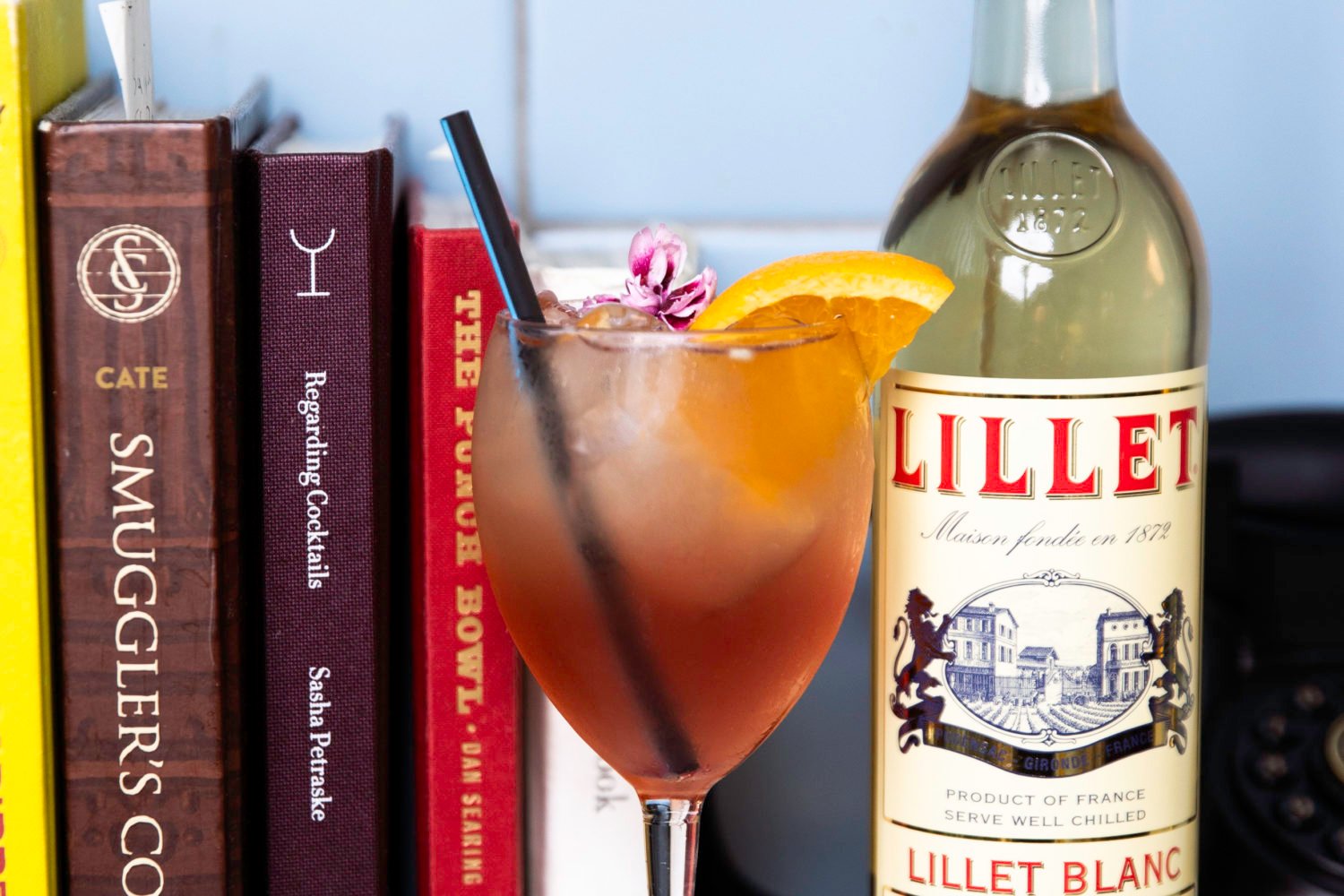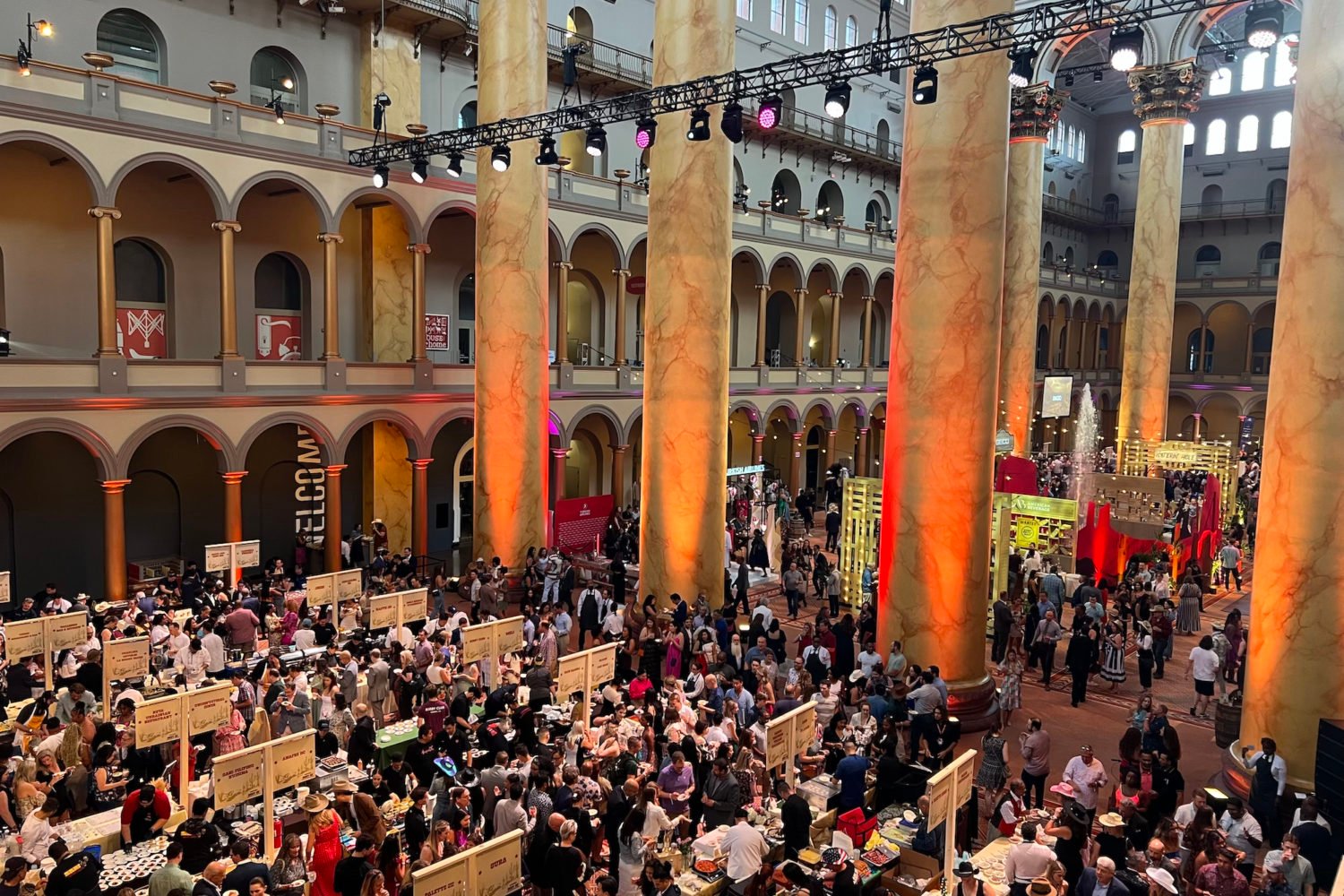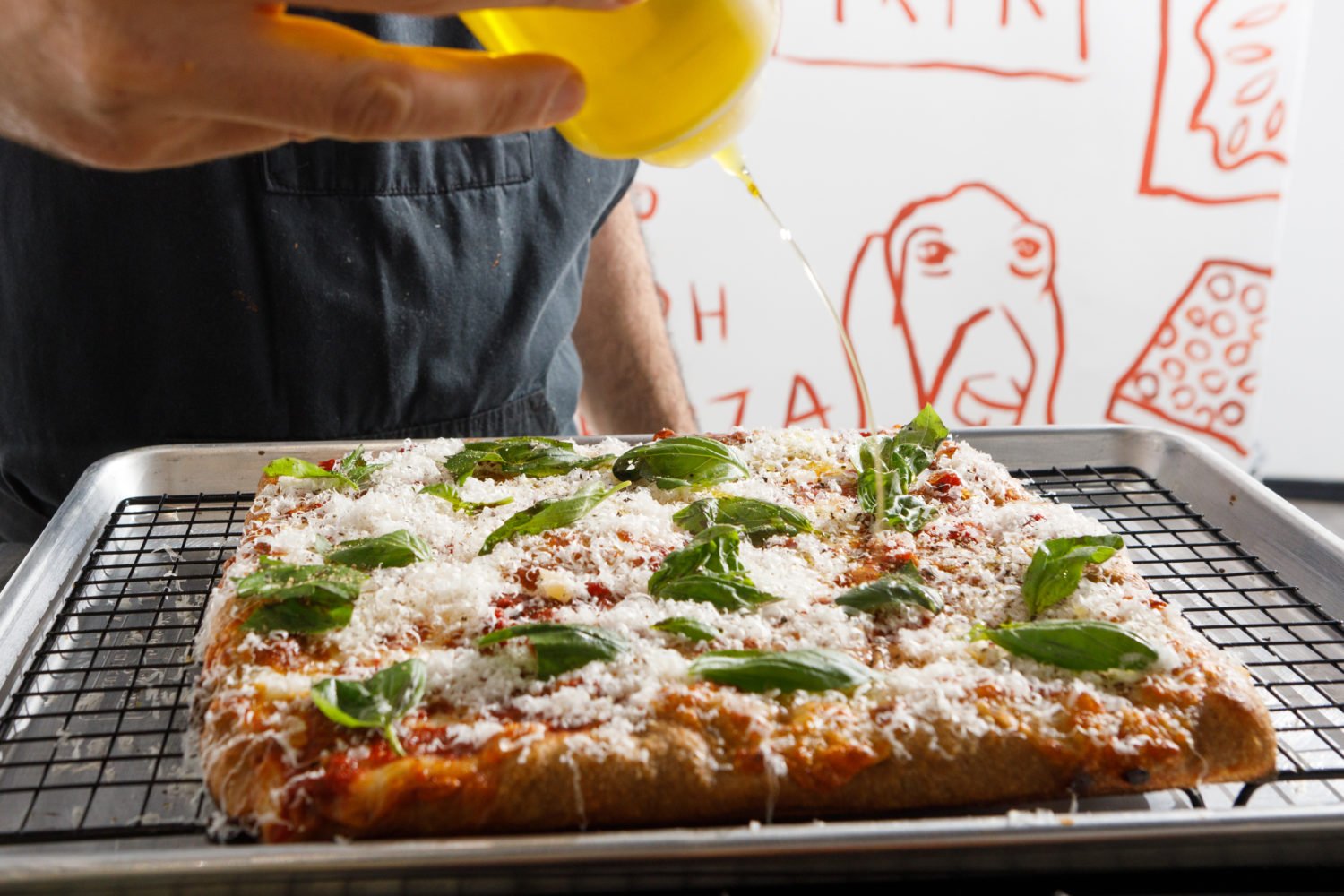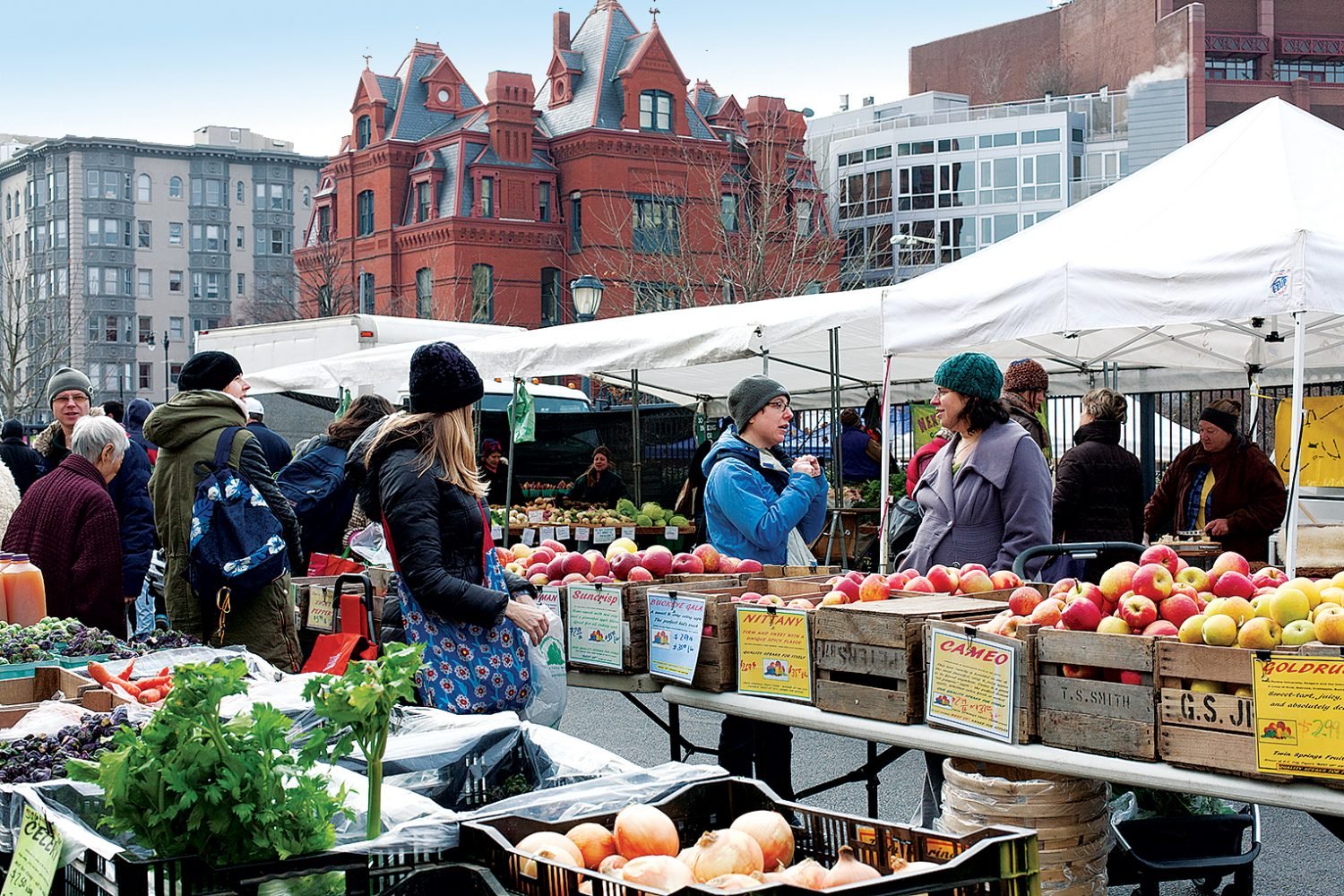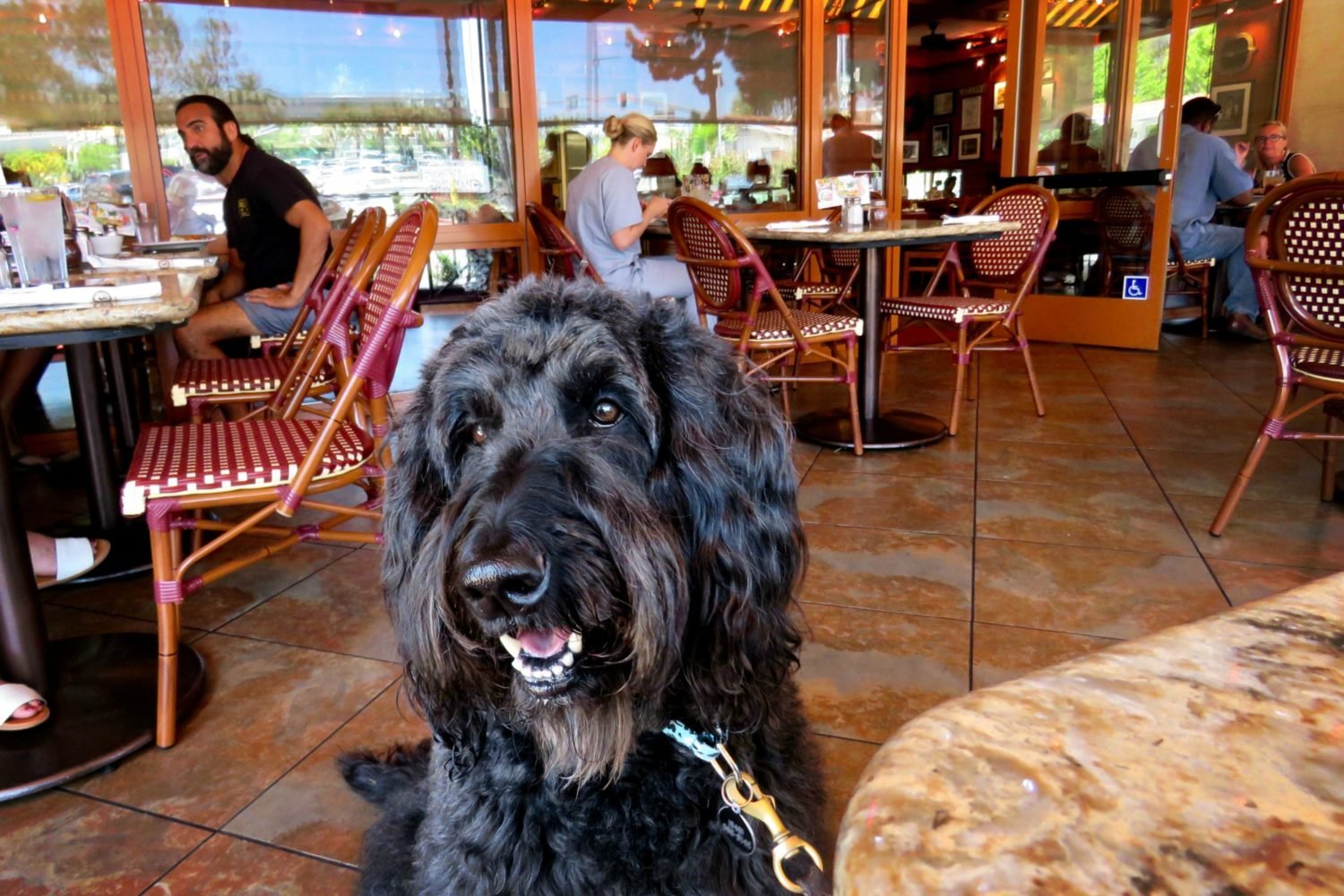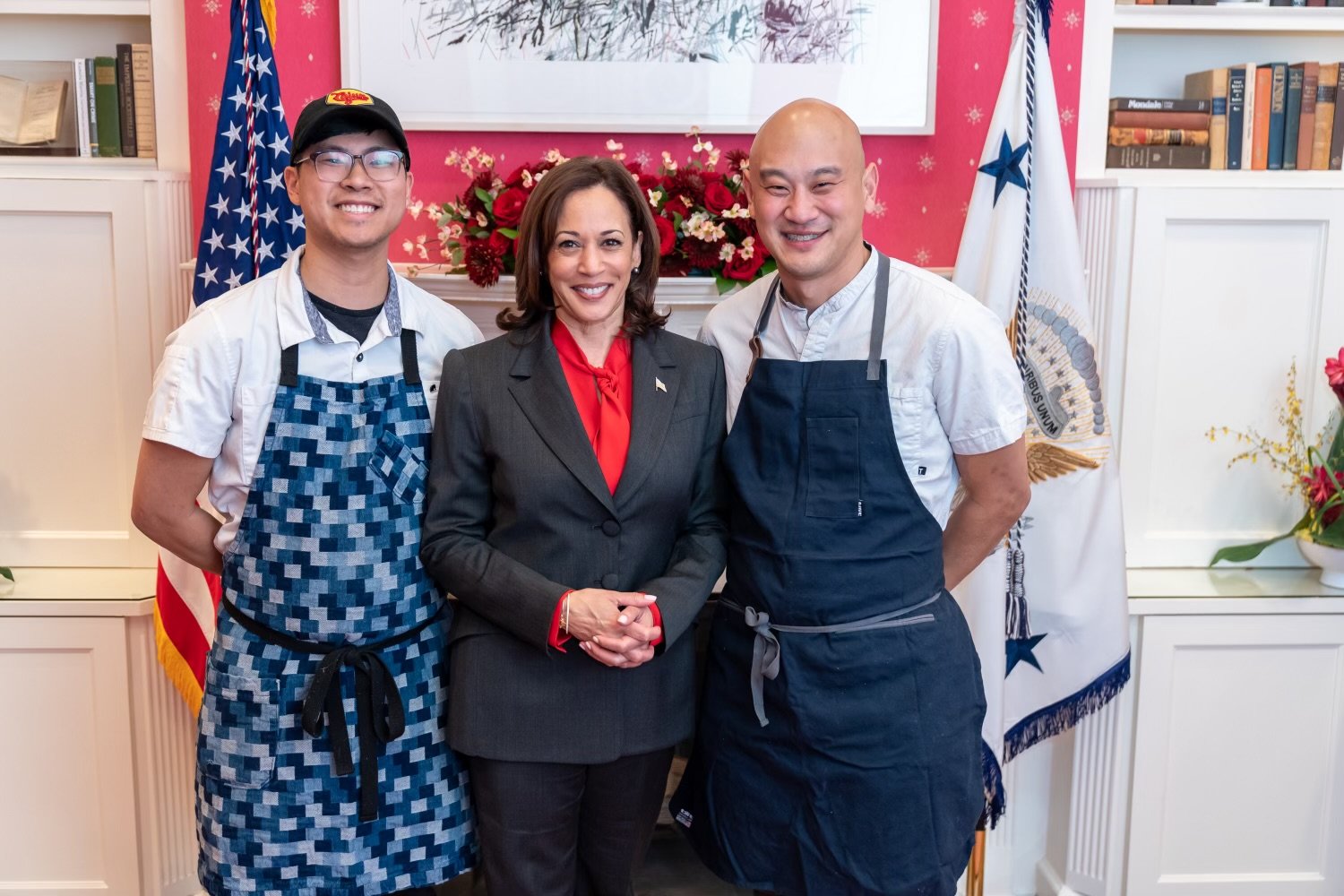Kwame Onwuachi is best known in DC for his comeback story. After his pricey tasting menu restaurant, the Shaw Bijou, flamed out in less than three months, the then-27-year-old chef rebounded with Kith and Kin, an acclaimed Afro-Caribbean restaurant at the Wharf. In his memoir, Notes From a Young Black Chef (available April 9), Onwuachi delves deeper into his backstory—growing up in the Bronx and Nigeria, dealing drugs, cooking onboard a Deepwater Horizon cleanup ship, and eventually working in some of world’s top fine dining kitchens and competing on Top Chef—all while grappling with the role of race in his journey. We talked to Onwuachi about laying his life bare in the new book.
Why did you want to write a memoir?
I think everyone who has a story is like, ‘Who’s going to care about this? Why do people want to read about my life?’ But then as you put it down on paper, it starts to unravel that you do have a story that’s worth telling. I think everybody does despite your age. Tomorrow isn’t promised today, so why not go for the things that are put in front you?
You signed the book deal before the Shaw Bijou opened, and it was initially called “Chasing Happiness.” How different is the book you set out to write from the book you’ve ultimately written?
It’s very different. I think also I was living through writing the book as well and adding chapters as I was going. But putting it down on paper, it was more than ‘chasing happiness.’ It was a story of a young black chef trying to—as cliché as it is—make it. I can never get away from the fact that I am a young black chef in America. I notice it when engineers come into my job sites and they’re like, ‘Who’s in charge here?’ And they walk right past me, and they go to whoever has a lighter skin tone than me. I am reminded of it all the time. And I think it’s really important to tell that narrative.
It is a very personal book. You talk about abuse from your father and dealing drugs and insecurities. Were there any particular moments that were most difficult to open up about or did that come naturally to you?
No, it took some time, especially my childhood. It’s something that I try to put in the past. I think it’s always hard to talk about those tough times because you’ve buried them so deep inside you. And now I had to unravel them to show how far I’ve come, and how easy it would have been to veer off on the wrong path if I had taken a left instead of a right.
You write that “the kitchen is about as immune from racism as it is from sexism.” Obviously, there’s been a lot more attention on the sexism in kitchens with the #MeToo movement. Where do you think things stand now when it comes to racism in kitchens?
I think it’s exactly the same. I mean, you always have your exceptions, but I don’t see many diverse kitchens, especially at a fine dining level. When you get to the more easily accessible restaurants, you have the full gamut because most of them just take anybody with a pulse. But if you go to a restaurant that has some stature or credibility, there’s not much diversity at all. And it’s intimidating for most people of color. There’s no camaraderie for them.
Writing this book and what you do in your own restaurants are obviously little steps, but where do you think progress can be made in that regard?
I really think it has to be within the industry as a whole. They have to really take a look in the mirror and think about the things that they’re doing and things that they’re saying. And that’s from food writers, food critics—where you’re eating, the diversity of your staff that is reviewing places. It’s an industry as a whole that needs to think about it. Think about it when you’re hiring. I’m not talking about affirmative action. But I would just say think about it more often. Having that thought process is step one in the right direction.
There are a number of tell-all kind of moments in the book, whether it’s Eleven Madison Park chef Chris Flint saying “no black people eat here anyway.” Or Chloe chef Haidar Karoum telling you “Your restaurant’s gonna fail, homeboy.” What was your feeling on calling people out by name?
It’s like calling an abuser out. Is it the most comfortable thing in the world? No, it’s not. But hopefully things will change. I feel that it’s necessary. Look at all the #MeToo cases. It takes a lot of bravery to come forward and say something. It’s not OK to make a subtle joke on race and then come in the next day and give someone a high-five just like it’s not OK to grab someone’s butt and then come in the next day and say, ‘How’s your day this morning?’ None of that is ok. If you’re going to talk about it, I think it’s important to say these names. I think it’s important to make people uncomfortable so hopefully out of that uncomfortability comes change.
One of the revelations of the book is that the Shaw Bijou was broke before it even opened and it needed the advance ticket sales to pay the bills. Obviously, the $185-per-person price got a lot of attention. Looking back now, how do you feel about it?
I can firmly stand behind it because I still priced it accordingly based on the ingredients I was getting. There was 100-day dry-aged wagyu on the menu. There was uni. There were the things that you expect when you go to a high-end tasting menu. But, I was a young chef. I was with investors who were very controlling. I was just trying to do my job. You can’t really talk about that. When your name is on the marquee, it’s yours. No one thinks about other investors or the people who sign your check. So I had to take that, and I’ll still take it.
Washington Post critic Tom Sietsema showed up on the Shaw Bijou’s very first day. Do you think that was fair?
I’ve gotten past all of that. I don’t know what he does with other restaurants. If that’s his thing, that’s his thing. At this point, I kind of agree. If you open your doors up to people, you should be ready.
How do you think race played a role in people’s attitudes toward the Shaw Bijou?
I think it always plays a role in anything, whether it’s subconscious or conscious. There was a lot of rage, and I’m not talking about the press, just within people wanting it to fail. I’ve never really seen that before. At the end of the day, I opened a business, and it didn’t work out. I didn’t hurt anybody. I actually provided jobs for people. I created a workplace where, for me, it was the most diverse fine-dining operation that I’d ever been a part of, and I’m proud of the work that we did. The rage, I don’t really understand that.
You wrote “There’s a lot out there about me that’s untrue.” What was the biggest thing that the DC community got wrong about you?
I think about that all the time. I don’t know. I think they got a lot right as well. I think I have a lot of support in DC, and I don’t want to take that away from anything. There’s a lot of people that came to Shaw Bijou that really enjoyed it, that come to Kith and Kin every night. The majority of DC, they understand, that’s why I’m here. I have a lot of history in DC beyond just the restaurant industry. My grandfather taught at Howard University. I spent my summers in DC. I love DC. So I don’t try to focus on what they got right or what they got wrong. I try to focus on the people who really supported me, what they got right.
What is it that you most want people to take away from this book?
Just inspiration and understanding of someone’s life and to understand what it’s like from a different perspective.
A lot has happened to you after the book leaves off. If you were going to write the next chapter, what would the story arc be?
Ahh man. I’ve still got to figure that one out. I’m deep in it right now. I’m in the trenches. It would take a lot of unraveling to figure that out.
This interview has been edited for length and clarity.

